The physicist Asimina Arvanitaki is thinking up ways to search gravitational wave data for evidence of dark matter particles orbiting black holes.



Inspired by the Allegory of the Cave from Plato, till today’s quantum physics and multiverse theories, a visual essay about perception and knowledge as reflection of our reality.
facebook.com/visualsuspect.co/
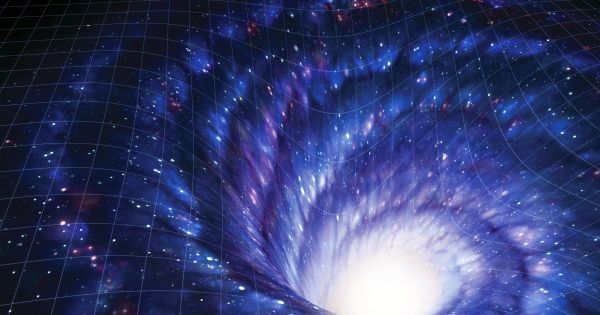
A new paper asserts that a physical body might be able to pass through a wormhole in spite of the extreme tidal forces that are at play.
A physical object, such as a person or a spacecraft, could theoretically make it through a wormhole in the centre of a black hole, and maybe even access another universe on the other side, physicists have suggested.
In what looks like the logical extension of the plot of Interstellar – where astronauts try to hunt down another universe after the catastrophic effects of climate change destroy Earth – physicists have modelled what would happen to a chair, a scientist, and a spacecraft, if each one ended up inside the spherical wormhole of a black hole.

Tl;dr: Yes, but it’s unlikely.
If black holes attract your attention, white holes might blow your mind.
A white hole is a time-reversed black hole, an anti-collapse. While a black hole contains a region from which nothing can escape, a white hole contains a region to which nothing can fall in. Since the time-reversal of a solution of General Relativity is another solution, we know that white holes exist mathematically. But are they real?
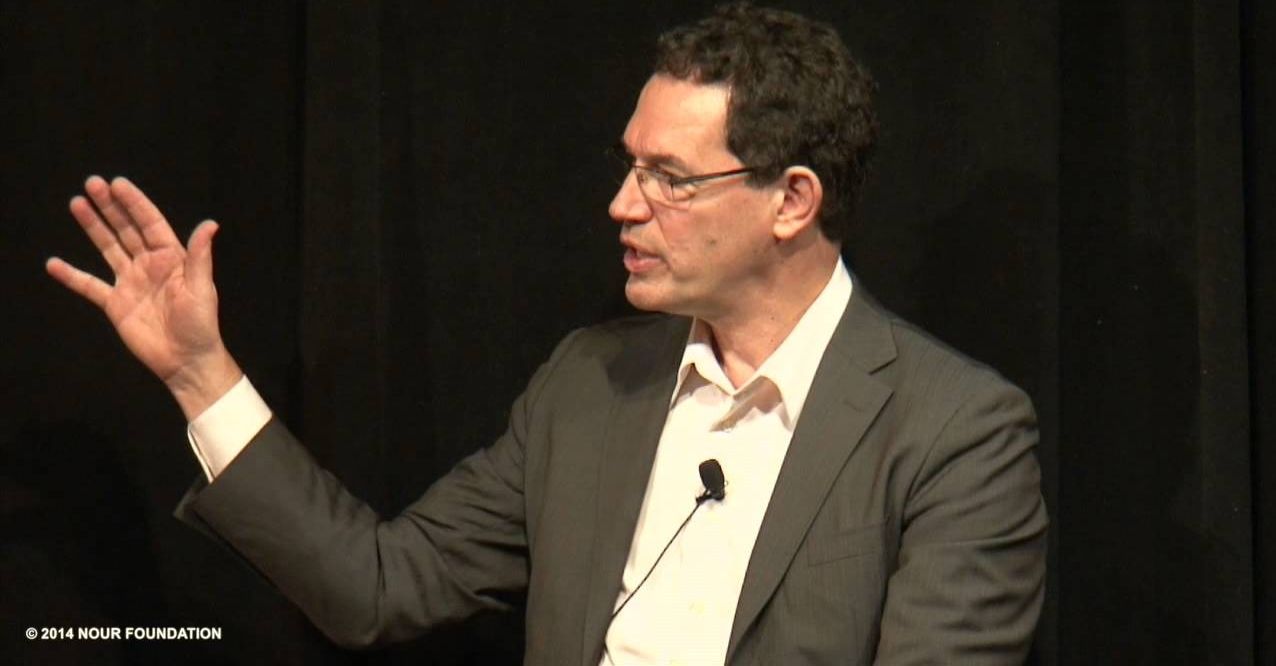
A new study of the early universe reveals how it could have been formed from an older collapsing universe, rather than being brand new. The universe is currently expanding and it is a common theory that this is the result of the ‘Big Bang’ – the universe bursting into existence from a point of infinitely dense and hot material.
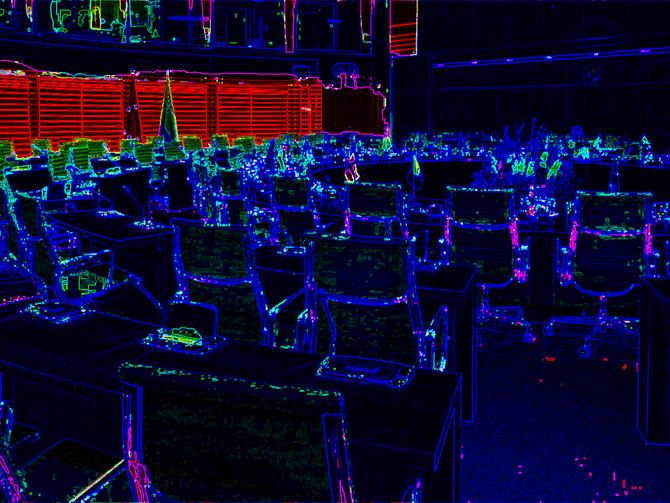
The final chapter in CNET’s historic “crowdsourced” sci-fi novel is out. You can read the whole thing here. Transhumanism is a large part of it (and a fictional version of my being President is in it too). This book was written by the participating public. This was a huge plus for the Transhumanist movement, as it meant transhumanism appeared many times on CNET as chapters were released (CNET is the world’s leading tech site in traffic):
In the finale of CNET’s historic crowdsourced sci-fi novel, the war on Earth is over, but the story of the multiverse may just be getting started.
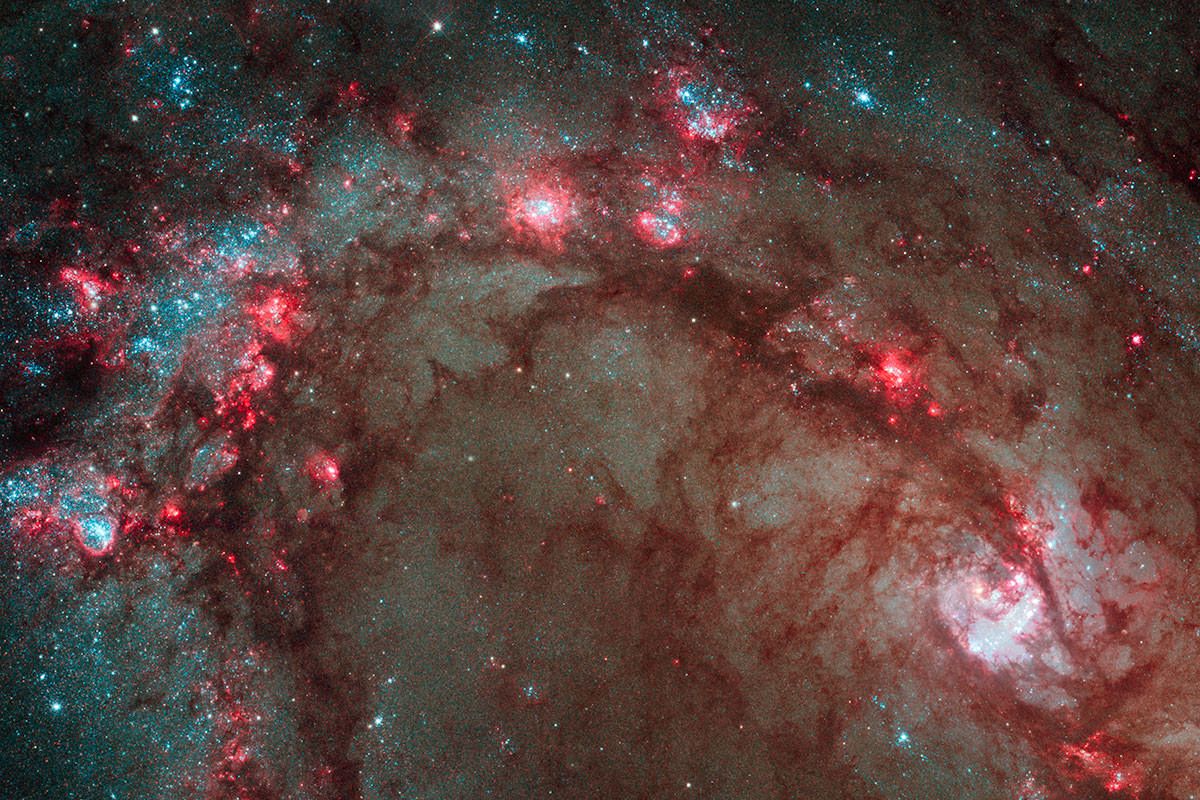

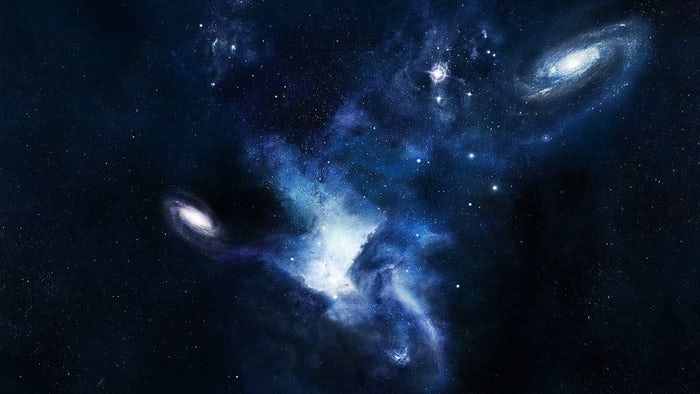
When the bang became a bounce.
How the universe began is one of the most brain-breaking questions you could possibly ask, and the Big Bang is probably the answer most people accept. But what if the infinitely dense point from which the entire universe burst forth wasn’t the beginning of everything, but merely the middle of an ongoing cycle? That’s the theory of the Big Bounce, which suggests that the universe regularly cycles through periods of expansion and contraction, meaning the Big Bang may have been preceded by an earlier universe collapsing in on itself. A new study details how this might be possible.
The idea of the Big Bounce has been bouncing around since 1922, but explaining just how the universe transitions between expanding and contracting has always been an issue. What’s to stop a universe just contracting into a point and collapsing completely? According to researchers from Imperial College London and the Perimeter Institute for Theoretical Physics in Canada, it may be the same quantum mechanics that prevent atoms from deteriorating into nothing.
In our universe as it currently is, there’s an asymmetry between the laws of the subatomic world and those that govern larger matter. Large-scale physics and quantum mechanics exist side-by-side now, but that doesn’t mean it’s always been the case: back when the universe was young and everything in it was tiny, quantum mechanics may have been the only set of laws in effect, an idea known as conformal symmetry. So the same processes that keep electrons from losing energy as they orbit the nucleus and destroying the atom may have prevented the universe from collapsing into oblivion.
Why is gravity so much weaker than the other fundamental forces? A small fridge magnet is enough to create an electromagnetic force greater than the gravitational pull exerted by planet Earth. One possibility is that we don’t feel the full effect of gravity because part of it spreads to extra dimensions. Though it may sound like science fiction, if extra dimensions exist, they could explain why the universe is expanding faster than expected, and why gravity is weaker than the other forces of nature.
In our everyday lives, we experience three spatial dimensions, and a fourth dimension of time. How could there be more? Einstein’s general theory of relativity tells us that space can expand, contract, and bend. Now if one dimension were to contract to a size smaller than an atom, it would be hidden from our view. But if we could look on a small enough scale, that hidden dimension might become visible again. Imagine a person walking on a tightrope. She can only move backward and forward; but not left and right, nor up and down, so she only sees one dimension. Ants living on a much smaller scale could move around the cable, in what would appear like an extra dimension to the tightrope-walker.